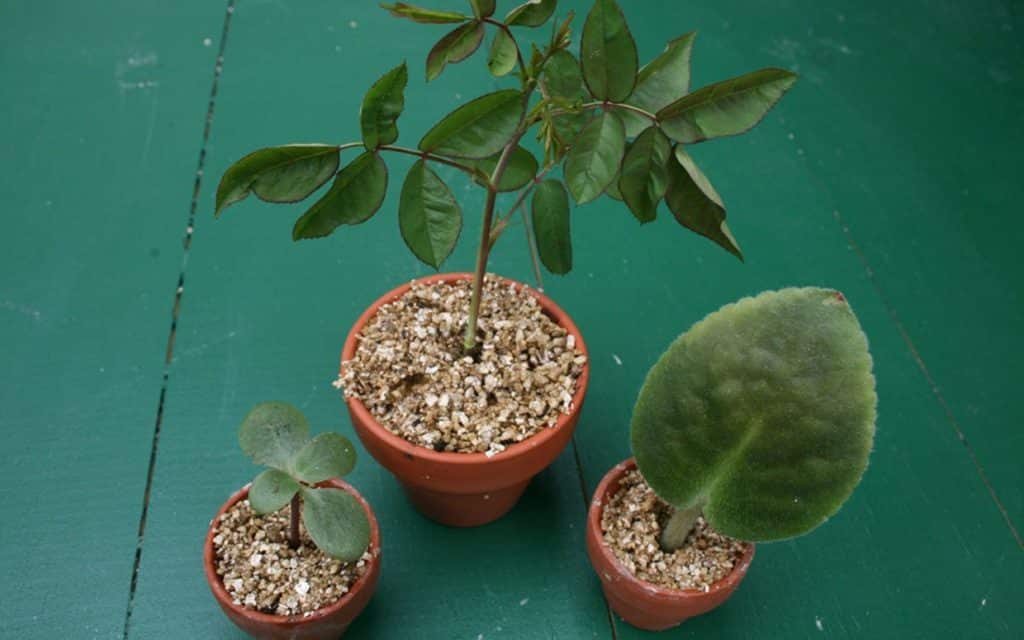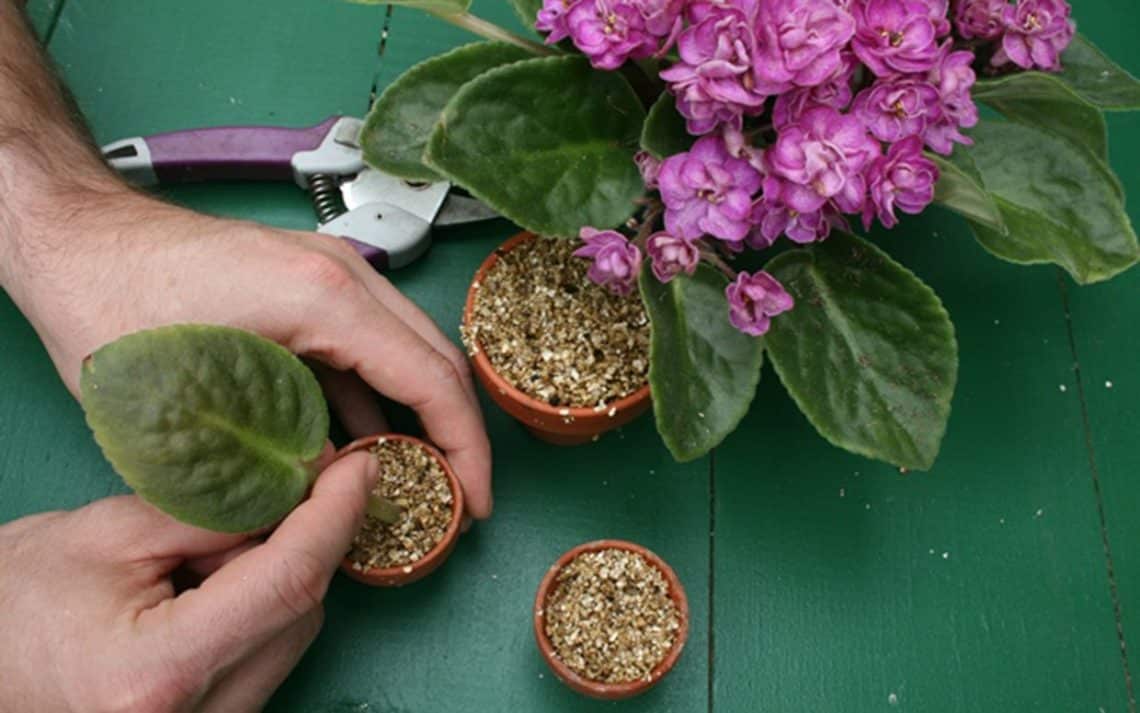By nature, many gardeners are the thrifty sort. They enjoy conserving and creating sustainable environments, and propagating plants offers the ultimate in sustainability. Starting new plants from old ones is rewarding and an inexpensive way to add to your plant collection. Perhaps best of all, propagating allows you to include hard-to-find plants in your garden.
Some plants are easier to propagate than others. Many tropical plants readily reproduce, such as a wide variety of houseplants. Some plants make the process really easy by providing you with small plantlets.
Several ways to propagate exist. These four methods are the most successful.
Cuttings. The most popular way to create new plants is to take cuttings and create conditions where they produce roots. You can do this by rooting stems or leaves.
For stem cuttings, remove a plant stem which has several leaves. Strip off the lower leaves, exposing two to three leaf nodes (the point where the leaf attaches to the stem). Also remove any flowers or buds.
Root the cutting in water, vermiculite or sphagnum moss. You’ll get roots in about a month. Propagating by stem cuttings works best with those plants that have soft stems, such as tropical plants often grown indoors like arrowhead plant, begonia, coleus, lipstick plant, philodendron and pothos. Some hard-stemmed plants can also be rooted in this way, such as rose.
For leaf cuttings, which works well with plants such as African violet and sansevieria, insert the leaf or stem 1/3 of the way into the rooting medium.

Air layering. This process works best with tall, single-stemmed plants that tend to get lanky, like dracaena and ficus. Air layering also offers an excellent way to prune plants that have become too tall. Partially cut the stem of the plant where you would like to prune it. Apply rooting hormone inside the cut and then insert a small amount of moistened sphagnum moss. Seal the cut area with plastic wrap. Keep the moss moist. Within one to two months, roots will form where you made the cut. Once you have a healthy root system, cut off the rooted section and plant.
Dividing roots. Plants that grow in clumps or form multiple crowns (growing centers) can be easily divided. Use a sharp knife to cut the plant clump into equal sections that each contain roots and replant them. This is a great way to thin out a crowded planting. Plants commonly divided include many perennials, such as aster, iris, campanula, ferns, gaillardia, dicentra, canna, daylily, peony, phlox, hosta, ornamental grass, Echinacea, sedum and yarrow.
Plantlets. Some plants set out handy readymade plantlets (runners) that generally appear as an appendage of a mother plant. These tiny plants may have aerial roots that grow at the end of long shoots, like spider plant and strawberry, or they may be rooted close to the mother plant, like sedum. For those plants with aerial root nodes, secure them into surrounding soil so that they can form roots. Once the plantlets have a healthy root system, cut them off of the mother plant and replant.
To have the best luck propagating plants, make smooth cuts and avoid damaging stems by first creating a hole in the rooting medium with a pencil prior to inserting. Also always use clean tools. Sterilize pruners with a one-part bleach to 9-parts water solution. Avoid touching the surface of cuts, as this will spread bacteria and can cause the cutting to decay before rooting. To increase your chances of success, use a rooting hormone, and keep the cutting moist but not soggy while roots form.
Certain plants require that their cut end dry out for at least 48 hours prior to propagating. Succulents and cacti fall into this group.

